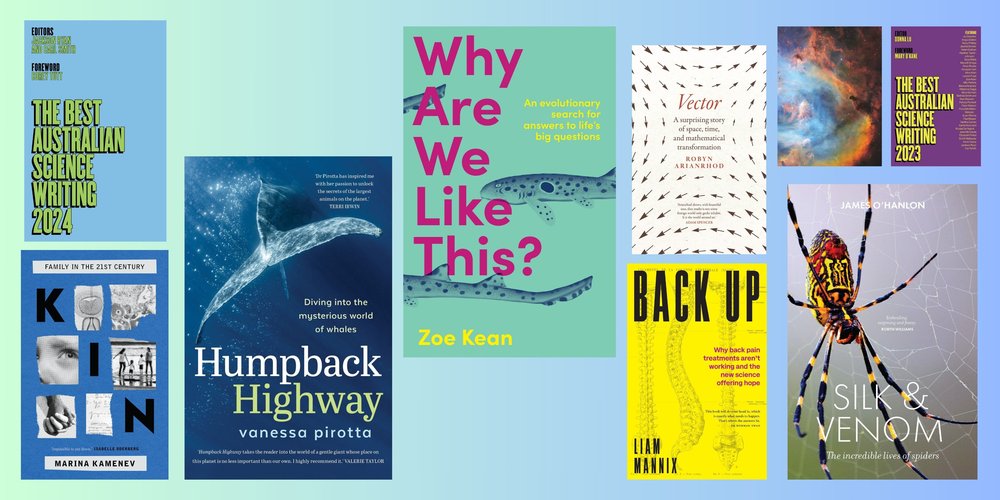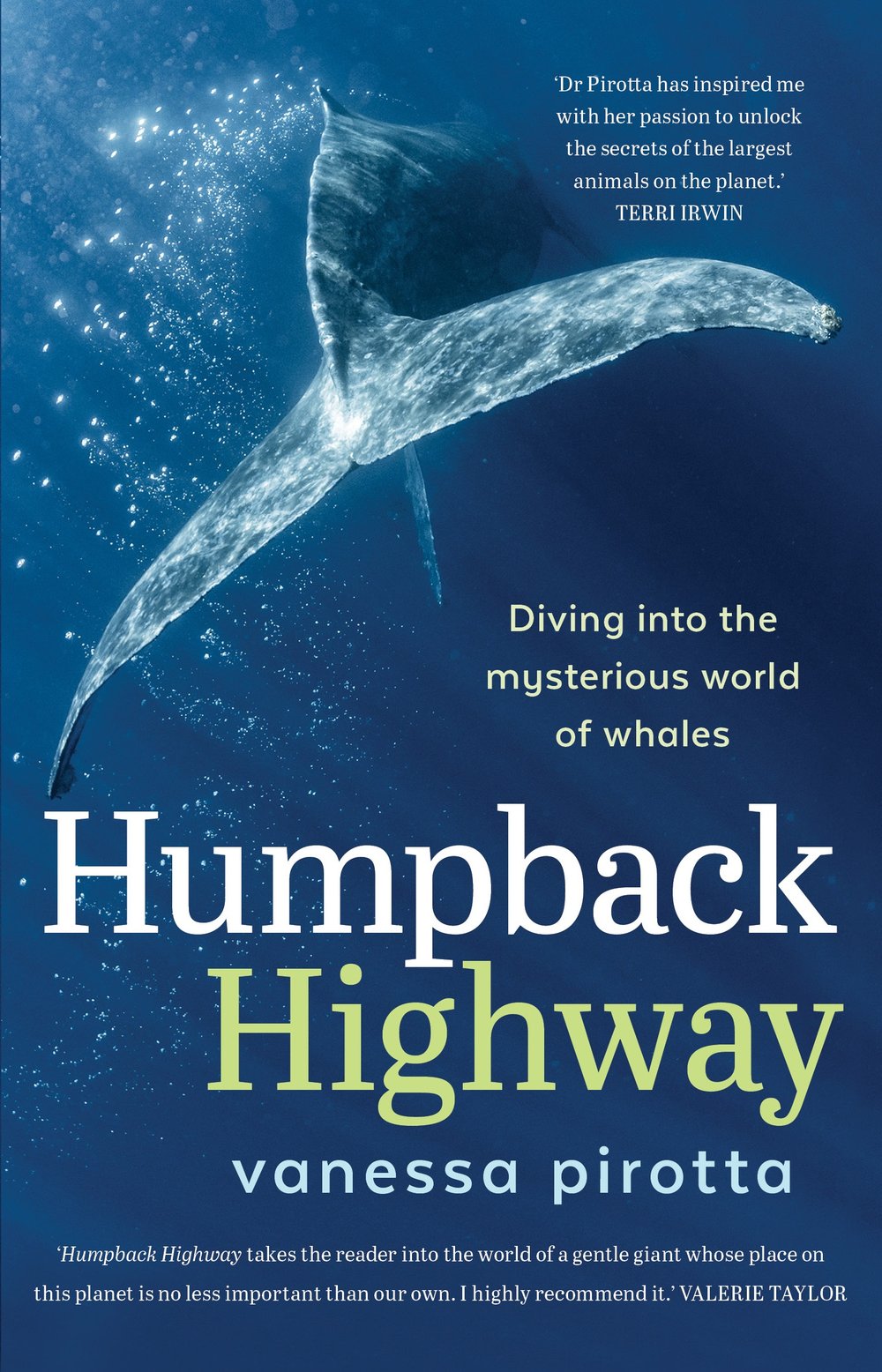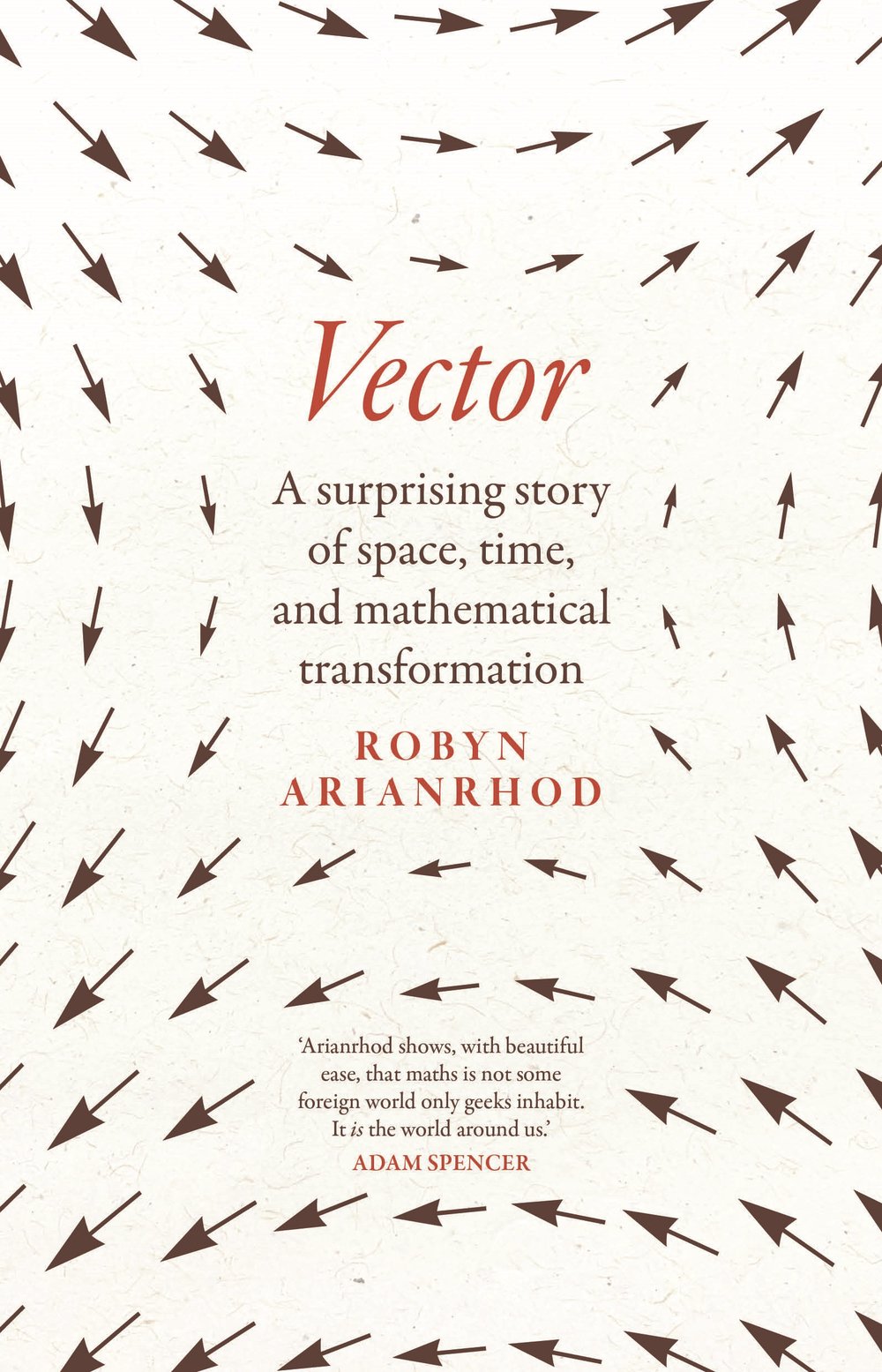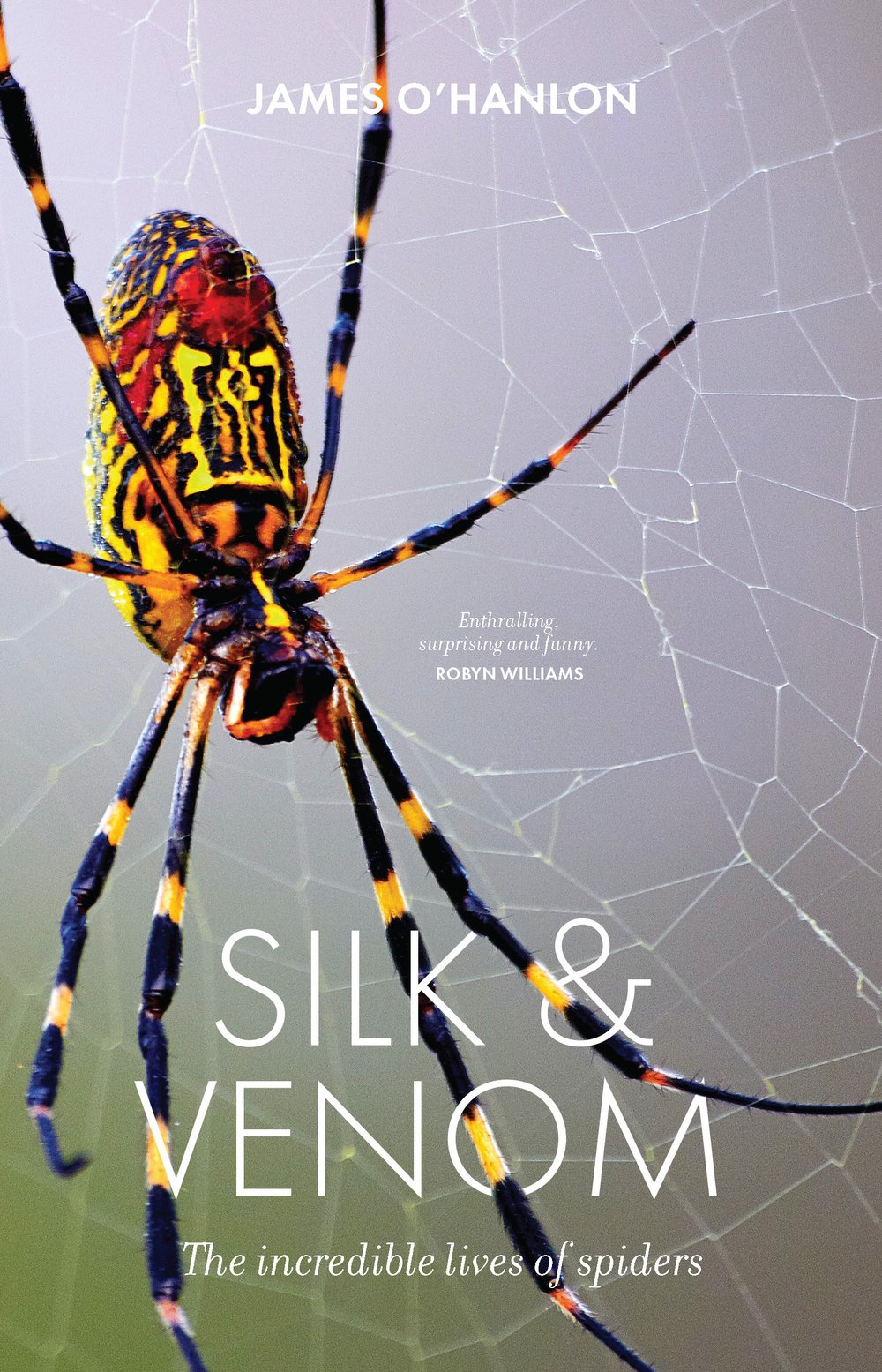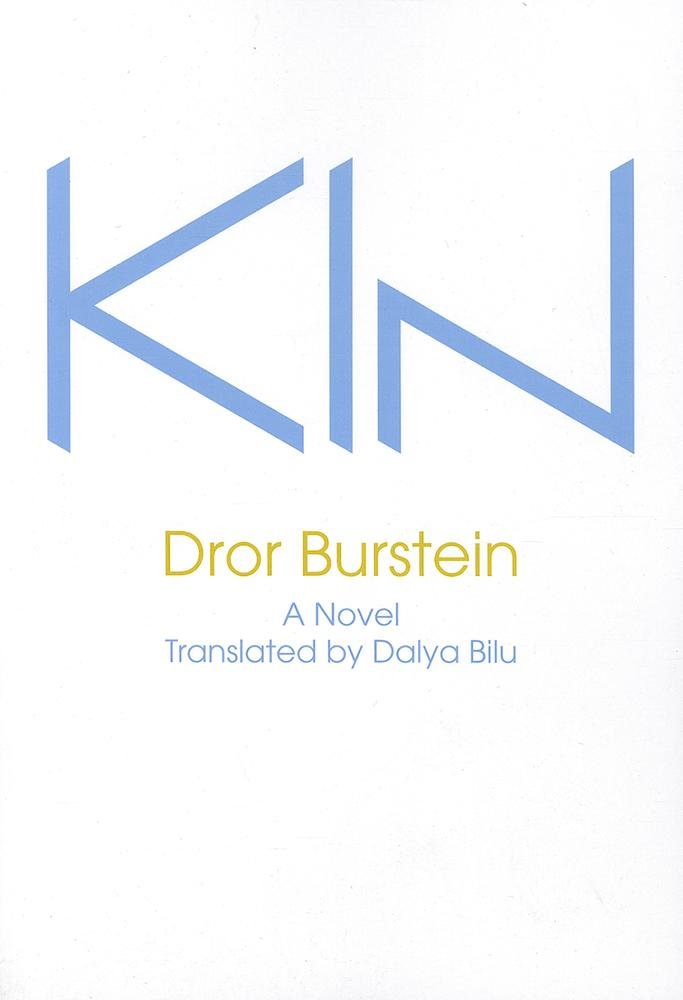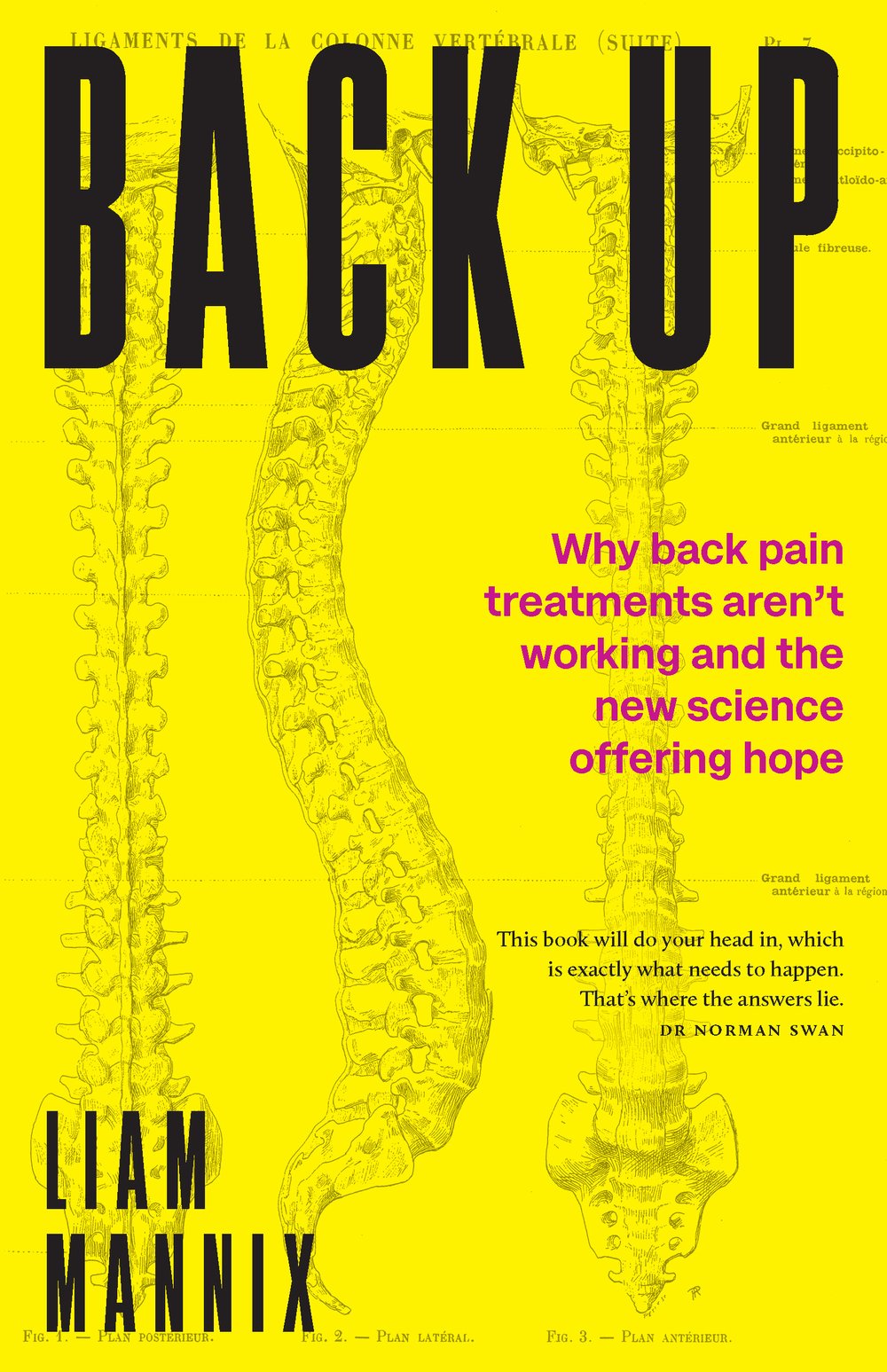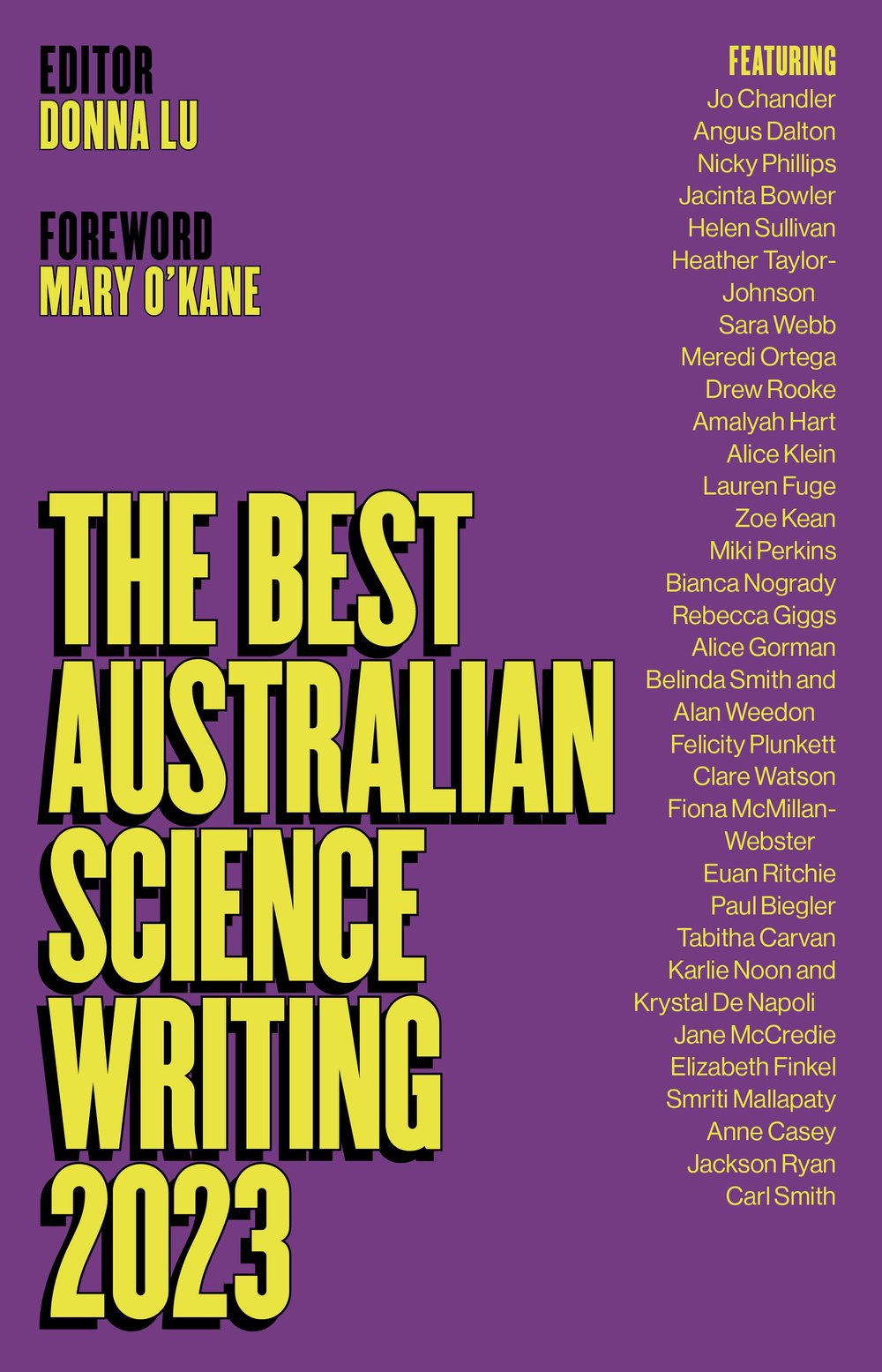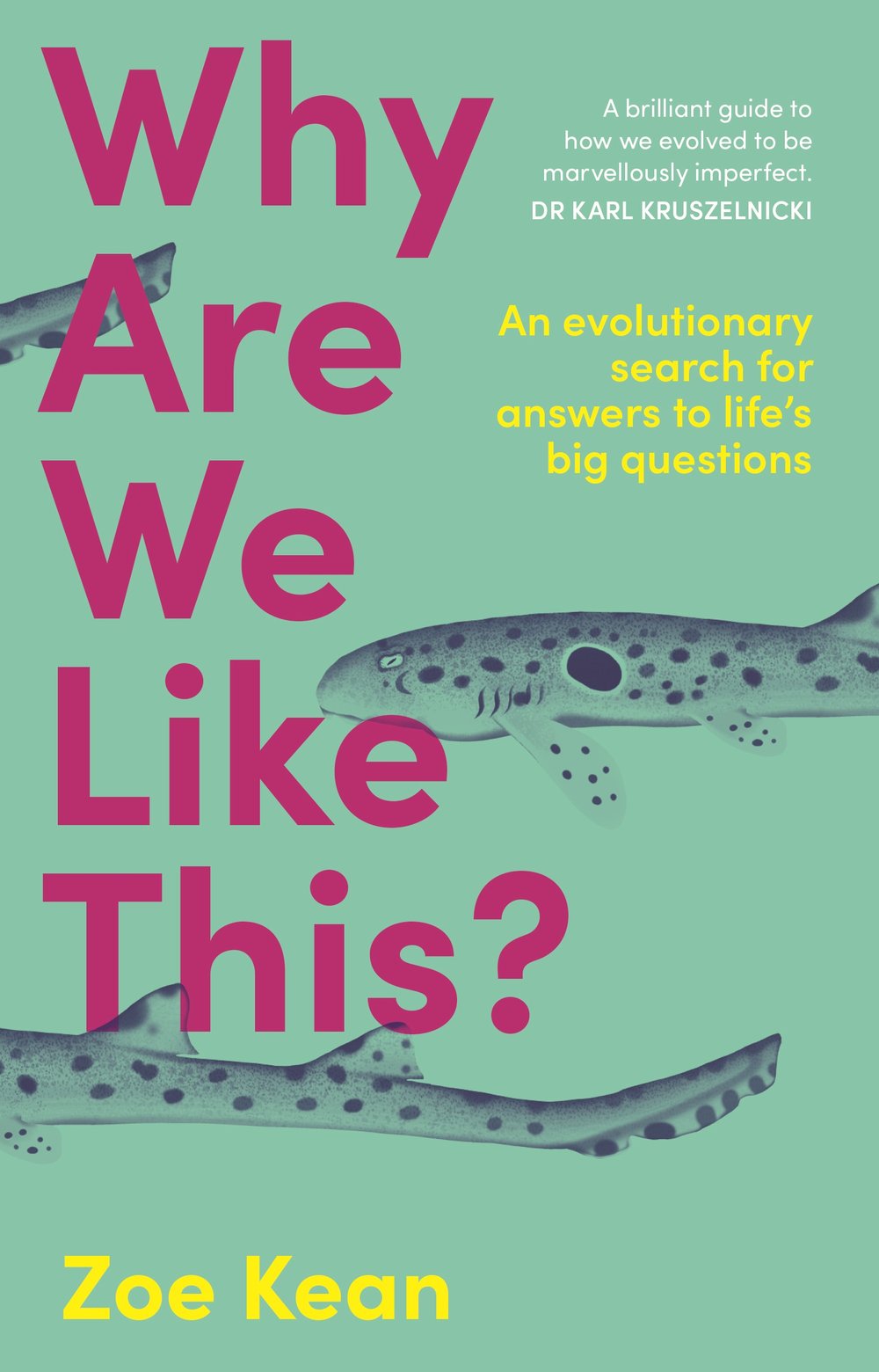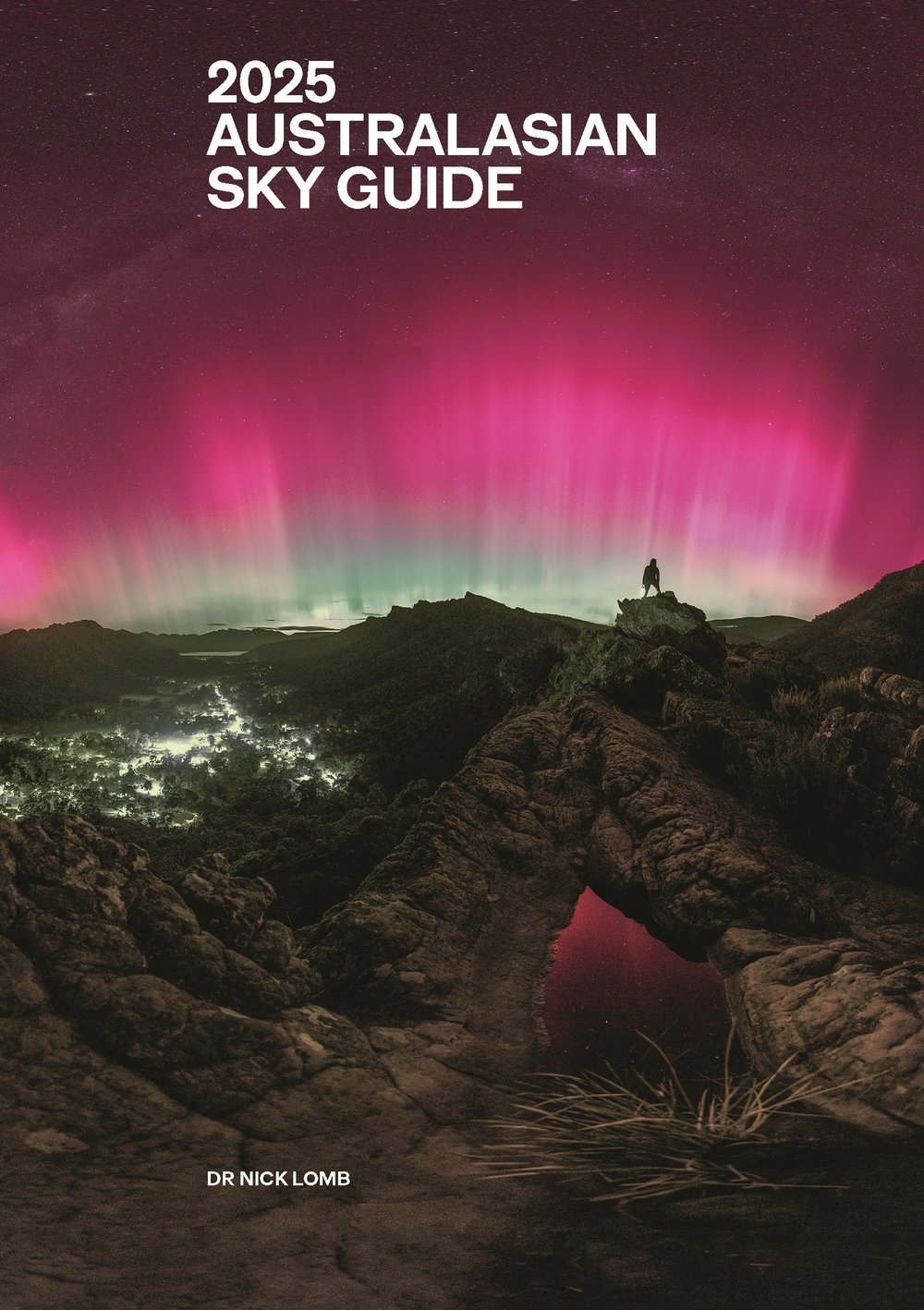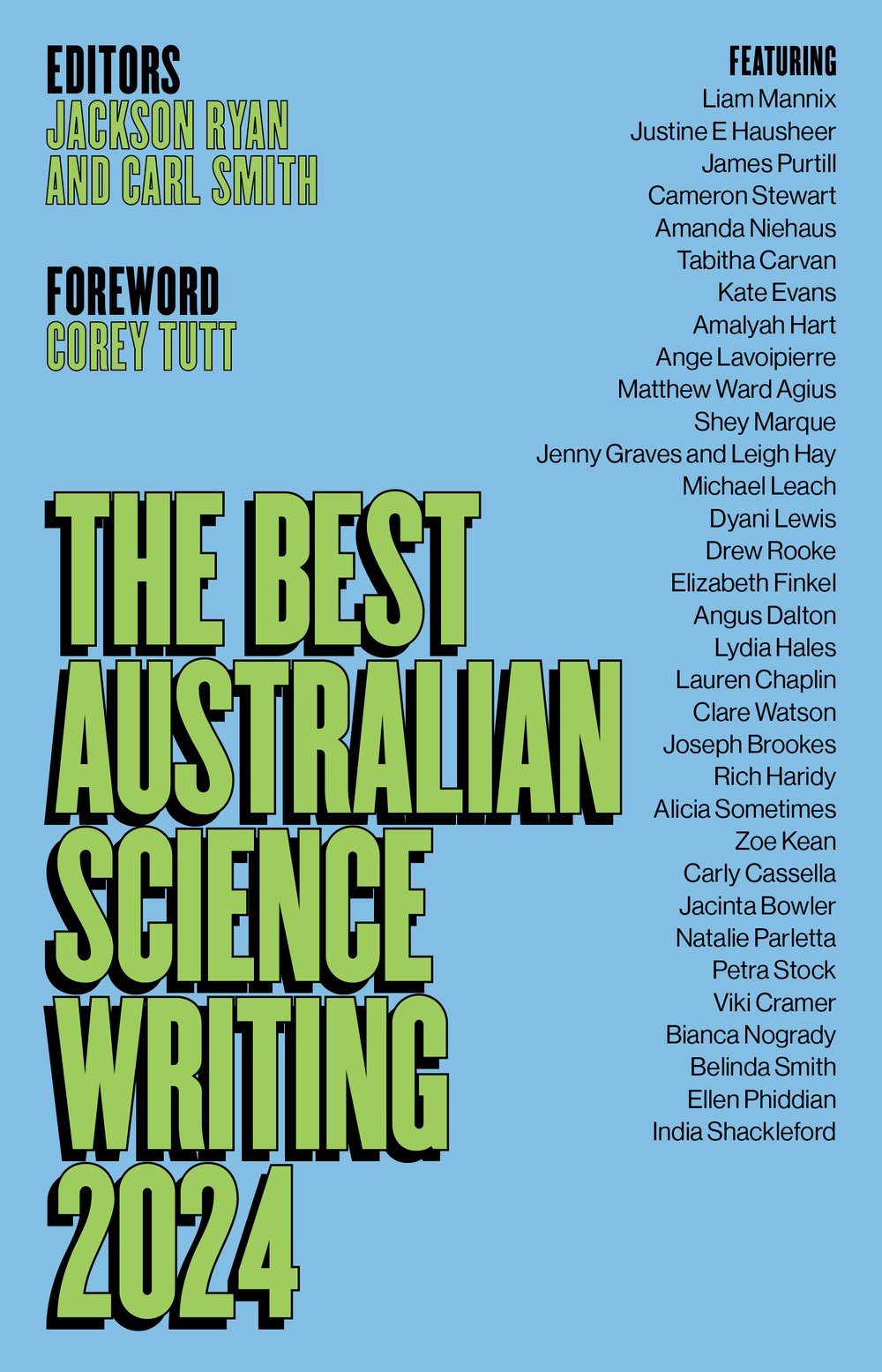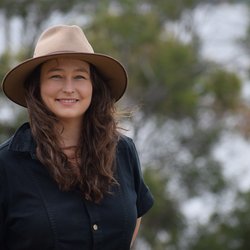We're heading into National Science Week (10–18 August)! It's the perfect time to pick up a book and be inspired by the facts, figures, inventions and natural wonders that make our world tick. We've pulled together a reading list that shines a light on science – from the humble mathematical vector to spiders' webs, back pain, family planning, evolution and more!
Humpback Highway: Diving into the mysterious world of whales by Vanessa Pirotta
Acclaimed wildlife scientist Vanessa Pirotta has been mugged by whales, touched by a baby whale and covered in whale snot. In Humpback Highway, Pirotta dives beneath the surface to reveal the mysterious world of humpback whales – from their life cycle and the challenges humans present, to why whale snot and poo are important for us and the ocean. Whether you’re a whale lover or you’re simply curious about the underwater world, Humpback Highway will inspire and give you a new respect for these majestic, marine giants.
Vector: A surprising story of space, time, and mathematical transformation by Robyn Arianrhod
Vector takes readers on an extraordinary 5000-year journey through the human imagination. The stars of this book, vectors and tensors, are unlikely celebrities. Yet mathematician and science writer Robyn Arianrhod shows how they enabled physicists and mathematicians to think in a brand-new way. They inspired James Clerk Maxwell to usher in the wireless electromagnetic age; Albert Einstein to predict the curving of space-time and the existence of gravitational waves; Paul Dirac to create quantum field theory; and Emmy Noether to connect mathematical symmetry and the conservation of energy. Today, you’re likely relying on vectors or tensors each time you pick up your mobile phone, use a GPS, or search online.
Silk & Venom: The incredible lives of spiders by James O'Hanlon
In Silk & Venom, James O’Hanlon takes us from his backyard to all corners of the globe (and even outer space!) to explore these fascinating creatures and show us why they’re not so scary after all. Clearing up spider myths and misconceptions, James O’Hanlon introduces readers to the beauty of their lives, including remarkable hunting techniques, the fascinating engineering of spider silk and the spiders that live in extremes – from underwater to the slopes of Mount Everest.
Kin: Family in the 21st century by Marina Kamenev
Written by journalist Marina Kamenev, Kin: Family in the 21st century is an incisive and powerful look at how families are created today, and how they might be created in the future. It delves into the experiences of couples without children, single parents by choice and rainbow families, and investigates the impacts of adoption, sperm donation, IVF and surrogacy, and the potential for a future of designer babies. Assisted reproductive technology has developed quickly, and the ways in which we think and speak about its implications – both legally and ethically – need to catch up.
Back Up: Why back pain treatments aren’t working and the new science offering hope by Liam Mannix
Back pain is the one of the world’s greatest public health challenges. It is the leading reason we visit the doctor, the leading reason we take time off work, the biggest cause of disability worldwide. One in 10 people will develop chronic back pain. And rates are growing. Liam Mannix is one of the many who experience back pain, and he takes this as a starting point for this compelling and urgent work of investigative journalism. A theory has emerged, born from cutting-edge neuroscience, that claims back pain often has little to do with the back or the discs or the spine. Instead, back pain is all about the brain. This new science offers new solutions – including, remarkably, evidence that just by teaching people this theory of pain we can reduce it.
The Best Australian Science Writing 2023 Edited by Donna Lu
Should we alter animals’ DNA to save them from extinction? What secrets will old ice reveal to us about the Earth’s deep past? How is the world’s most expensive – and explosive – substance made? Great science writing offers fascinating insights into our surrounding environments, inspires awe at the wonders of the natural world, and also seeks to understand and address some of the biggest problems of our time. With a foreword by scientist and engineer Professor Mary O’Kane AC, The Best Australian Science Writing 2023 covers another remarkable year filled with watershed moments in science.
Coming soon: Available for pre-order
Why Are We Like This?: An evolutionary search for answers to life's big questions by Zoe Kean
Some questions have nipped at humanity’s heels for as long as we’ve been … well, humans. Why Are We Like This? takes us behind the scenes of the evolutionary paradoxes that make up life on this planet. Exploring with scientists, from freezing in Tasmanian sleet to a laboratory of sleeping sharks in North Queensland, we see how these evolutionary mysteries might just uncover the secrets of a better life for humans and the creatures we share the planet with. Zoe Kean shows us that ancient ancestors of life on Earth faced the same challenges we do, so let’s learn a lesson or two about how they dealt with them.
2025 Australasian Sky Guide by Nick Lomb
Featuring monthly sky maps, with details of the movement of the planets, stars and constellations, the 2025 Australasian Sky Guide is a must-have handbook to the year’s most exciting celestial events. Opening with a guest essay by Gadigal woman Aunty Joanne Selfe on First Nations Understandings of the Cosmos, the book offers the latest information on the solar system and its history, as well as tips for optimal viewing. This popular guide by astronomer and author Dr Nick Lomb provides stargazers with the ultimate companion to the southern night sky.
The Best Australian Science Writing 2024 Edited by Jackson Ryan, Carl Smith, foreword by Corey Tutt
This much-loved anthology – now in its fourteenth year – selects the most riveting, entertaining, poignant and fascinating science stories from Australian writers, poets and scientists. The Best Australian Science Writing 2024 anthologises another major year in science. From AI to the climate crisis, the long tail of the pandemic and the changing nature of what science looks like, there’s been plenty of ground to cover over the past year. Science writers have been vital in decoded these – at times worrying – glimpses of the future, and the many solutions that scientists are working on.


